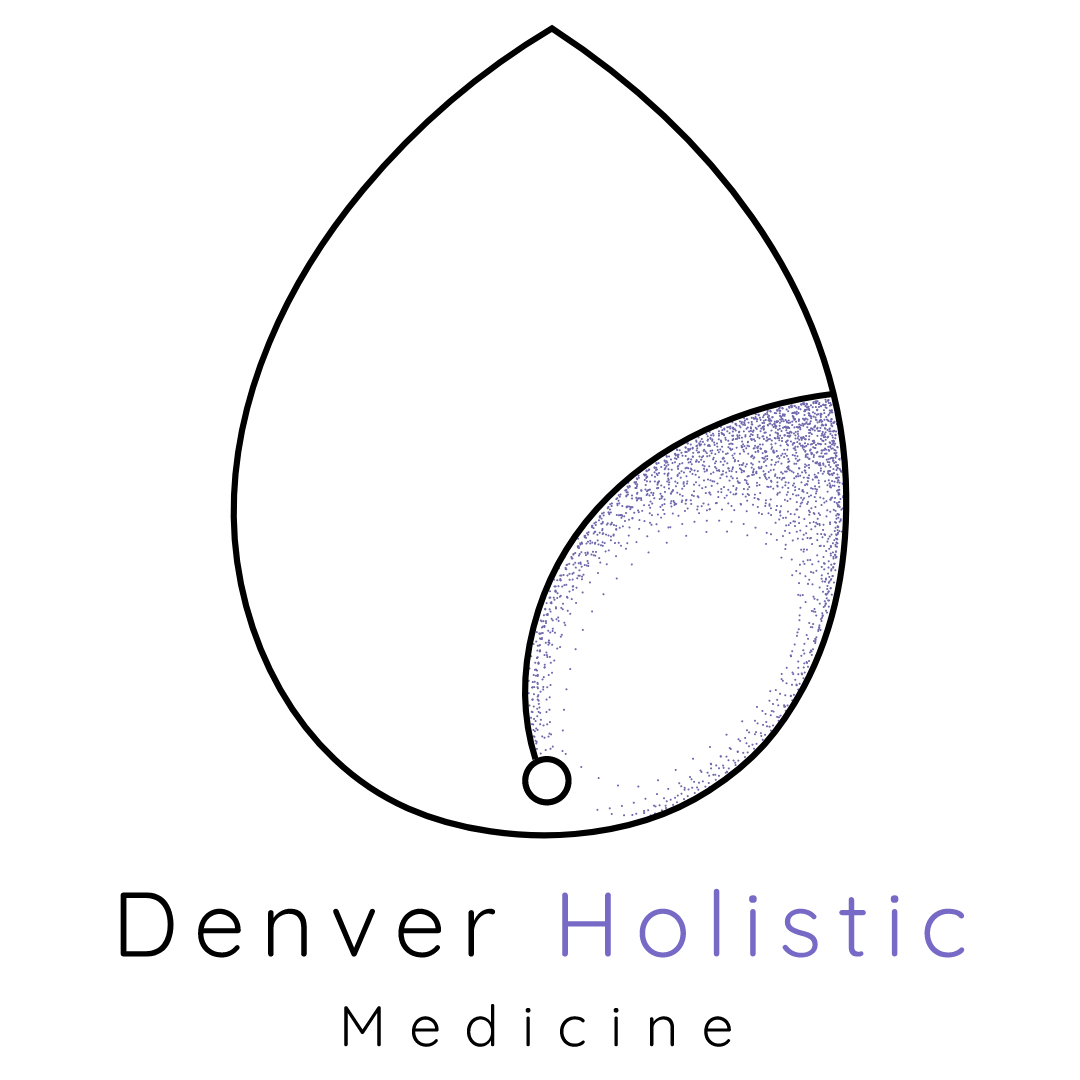Ovarian Cysts
In utero, as a fetus, and at birth, a woman has hundreds of thousands of eggs in her ovaries which drastically decrease in number through puberty and by menopause. One additional problem a woman may have affecting this egg production and/or survival are ovarian cysts. Cysts within or on the ovaries are classified as fluid-filled sacs or pockets. Though many women will have cysts in their lives, for some women they are detrimental to their reproductive capabilities. Additionally, if one cyst was ruptured it can cause serious symptoms of shock inside the body. Majority of the time, the cysts are painless, but sometimes symptoms may include:
- Abdominal discomfort
- Pelvic pain
- Before period begins
- Before period ends
- After/during sexual intercourse
- Fullness of heaviness in your abdominal area
- Unexplained pressure on your bladder causing an urgency to urinate and never feeling that your bladder is completely empty
A woman should see the doctor immediately if she experiences any form of sudden and severe abdominal or pelvic pain which is new and unusual or if the pain is accompanied by fever or vomiting. Signs such as vomiting, fever, clammy skin, rapid breathing, lightheadedness or weakness may indicate that a cyst has ruptured.
Cysts generally form as a result of normal function of the menstrual cycle. Ovaries grow in a cyst-like fashion known as follicles each month, which produce estrogen and progesterone and release an egg during ovulation. A follicular or corpus luteum cyst may develop when the cyst-like structures continues to grow and does not regress, these are functional cysts. Follicular cyst forms when something goes array and the follicle does not rupture by mid cycle. Corpus luteum cysts formulated when the escape opening for the corpus luteum has sealed off causing for fluid to accumulate inside the follicle. These two forms of cysts are harmless and often disappear.
Ovarian cysts which are not related to normal function of the menstrual cycle are:
- Dermoid
- Contain tissue
- Hair
- Skin
- Teeth
- Cystadenomas
- Develop from ovarian tissue
- Filled with watery liquid or mucous
- Endometriomas
- As a consequence of endometriosis
- Contain tissue
Complications of ovarian cysts, aside from rupturing and shock, include ovarian torsion. Ovarian torsion become large and cause ovary to move out from their normal position. Torsion may cause severe pain and twisting of the ovaries. In order to diagnose a cyst and its severity, these tests may be performed:
- Pregnancy test – rule out discomfort due to pregnancy
- Pelvic ultrasound – a wand-like device (transducer) sends and receives high-frequency sound waves (ultrasound) to create an image of what is happening inside the uterus
- Laproscopy – slim, lighted instrument inserted into the abdomen
- CA 125 Test – protein to check for cancer; it is elevated in ovarian cancer
Additionally, there are many treatment and drug options for women with various ovarian cystic conditions:
- Sometimes it is best to wait for the cyst to go away, if it is functional
- Birth control pills – reduce risk of ovarian cancer by decreasing ovulatory cycles
- Surgery – removal of cyst if there are many in number.
Moreover, there is no real prevention from forming cysts in the ovaries. However, if you reside in Denver you may visit the Denver Holistic Center for more information. Nonetheless, there are some risk factors:
- History of previous ovarian cysts
- Irregular menstrual cysts
- Increased upper body fat
- Menstruation that begins before age of 11
- Infertility
- Gonadotropin medication
- Hypothyroidism
- Tamoxifen therapy (SERM)
- Smoking cigarettes.
Get more information from your physician before making any decisions.
